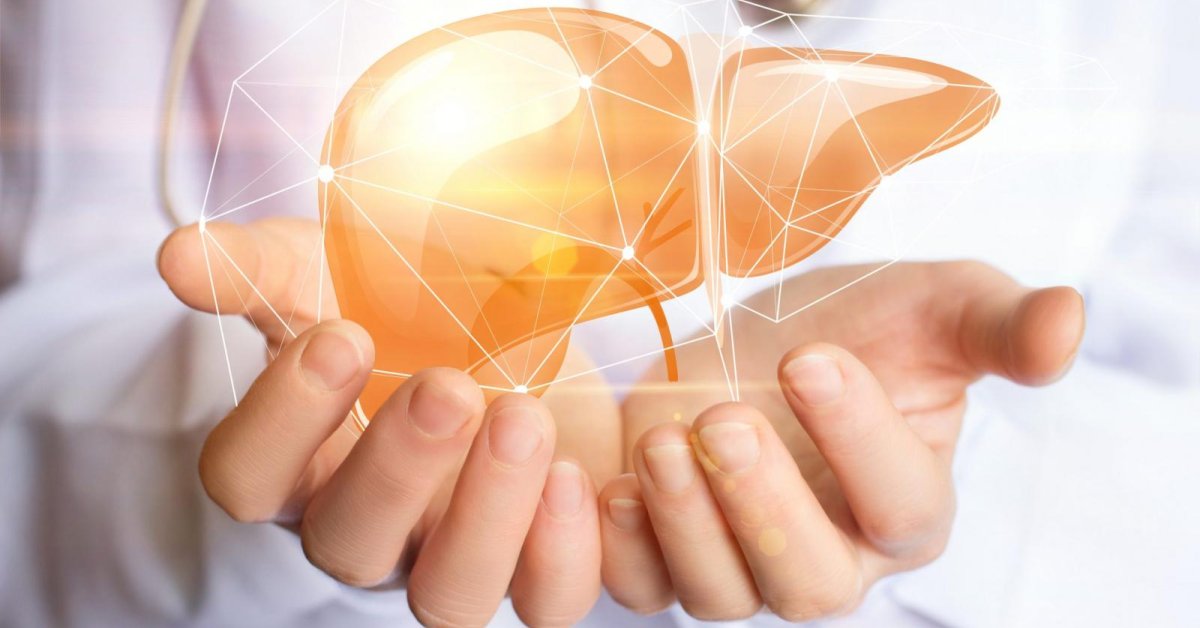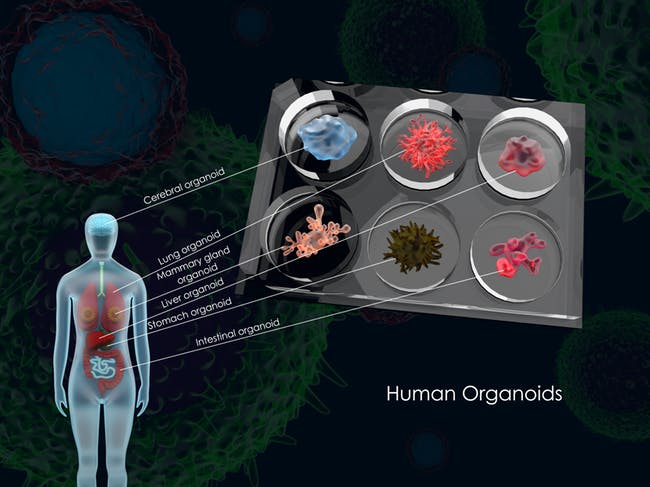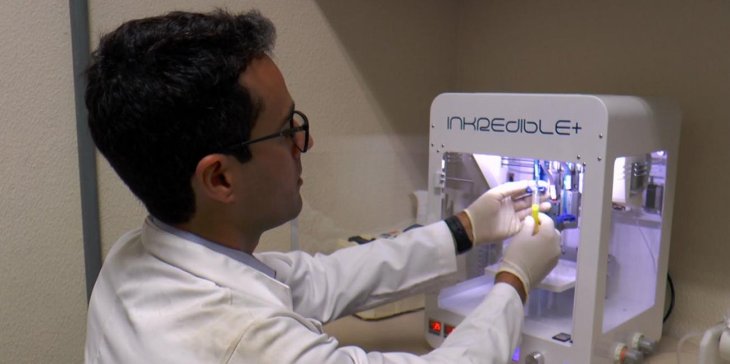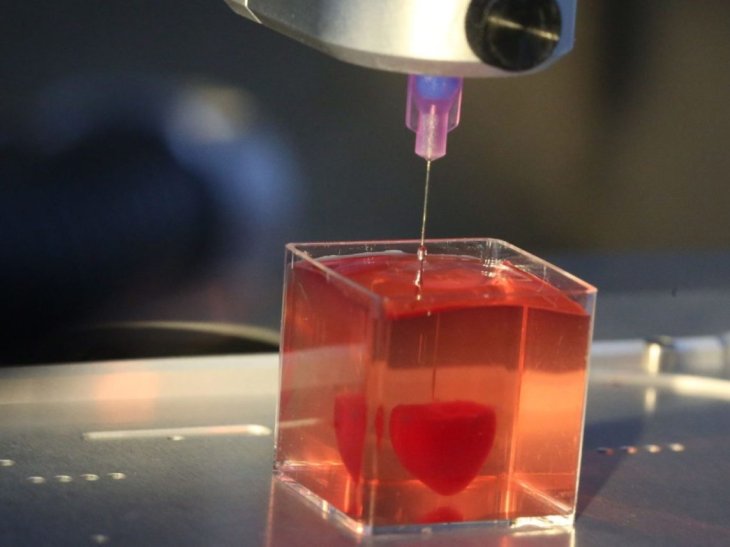Scientists Are Able To Create Fully Functioning Mini Livers By A 3D Printer
Aadhya Khatri - Jan 13, 2020

Next year will see Organovo, a bio-printing company, attempts to transplant part of an organ created by a 3D printer
- India’s First 3D-Printed Building With Indigenous Construction Materials
- KFC Plans To Make 3D-Printing Chicken And Add It To Their Menu
- Scientists Use Math To 3D Print The World's Strongest Steel
The technology that allows 3D-printing human organs has the potential to save lives when scientists are able to perfect it. On average, in the U.S alone, 18 people die per day from not having transplant organs in time and the waiting list to get one is long.
If we are able to print the organs needed by the patient with their own cells, there is no need to wait and the risk of the organ being rejected is no more. A piece of good news here is that recently, experts in Brazil were able to make a liver by a 3D printer that functions like a real one, fueling hopes for a future when patients no longer have to wait for a donor.
The experts extracted blood of three volunteers and then reprogrammed it to transform it into pluripotent stem cells, which can develop into all kinds of cells found in the human body.
These stem cells then became liver cells. The experts blended them with bioink and turn them into spheroids for a 3D printer. Spheroids are not an individual cell but a cluster so when they are printed out, the machine actually prints more than one cell at a time. The next step is to allow the structure to culture in a period of 18 days.

After the culture period finished, the experts checked their experiment and found out hepatic organoids, or mini livers, which are able to do what a normal liver does but at a much smaller scale.
An author of the experiment, University of São Paulo’s Institute of Biosciences’s postdoctoral fellow Ernesto Goulart said that their method was more efficient in previous methods known to science.
So what they did was grouping cells before printing instead of doing so individually. The spheroids, or clusters of cells, make up the tissue and allow it to function for much longer.
The tissue made by this method was able to maintain its hepatic functions for a longer time than those printed by other methods. The term hepatic function is used to refer to how well the 3D-printed liver works like a real one.

The researchers said that the process takes around 90 days to complete and they are confident that their method can be used to 3D print a fully functioning liver that can actually work on a human being. Goulart said that while the experiment happened on a small scale, when investment poured in, scaling up was possible.
The last few years have seen scientists getting better at 3D printing human organs in miniature sizes. Earlier this year, experts at Tel Aviv University has a successful endeavor of 3D printing a human heart.

Next year will see Organovo, a bio-printing company, attempts to transplant part of an organ created by a 3D printer. This means a portion of the patient’s organ is replaced and he or she can have one or two years before they need a transplant.
We are still very far away from the future when it is a new norm for people to get 3D-printed organs made by their own cells; however, we are closer day by day to that prospect. When the technology needed is perfected, fewer will people will die waiting for a transplant.
Featured Stories

Features - Jul 01, 2025
What Are The Fastest Passenger Vehicles Ever Created?

Features - Jun 25, 2025
Japan Hydrogen Breakthrough: Scientists Crack the Clean Energy Code with...

ICT News - Jun 25, 2025
AI Intimidation Tactics: CEOs Turn Flawed Technology Into Employee Fear Machine

Review - Jun 25, 2025
Windows 11 Problems: Is Microsoft's "Best" OS Actually Getting Worse?

Features - Jun 22, 2025
Telegram Founder Pavel Durov Plans to Split $14 Billion Fortune Among 106 Children

ICT News - Jun 22, 2025
Neuralink Telepathy Chip Enables Quadriplegic Rob Greiner to Control Games with...

Features - Jun 21, 2025
This Over $100 Bottle Has Nothing But Fresh Air Inside

Features - Jun 18, 2025
Best Mobile VPN Apps for Gaming 2025: Complete Guide

Features - Jun 18, 2025
A Math Formula Tells Us How Long Everything Will Live

Features - Jun 16, 2025
Comments
Sort by Newest | Popular